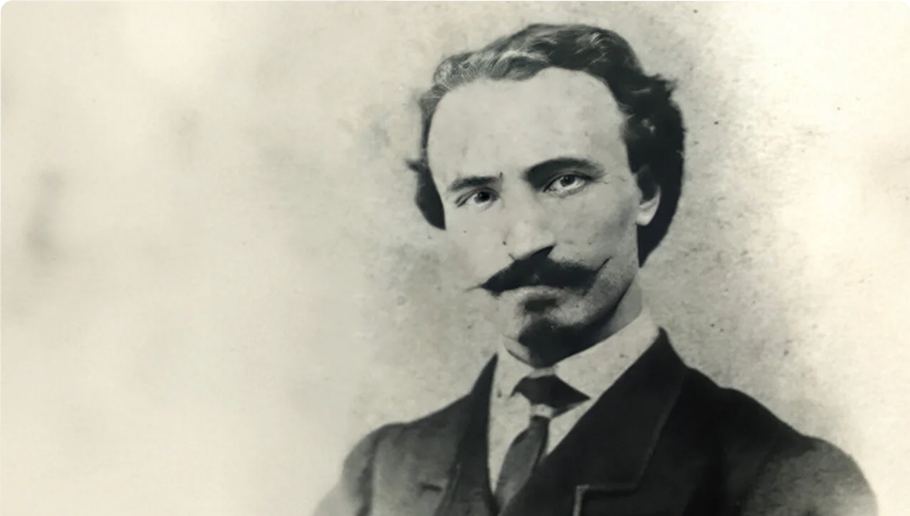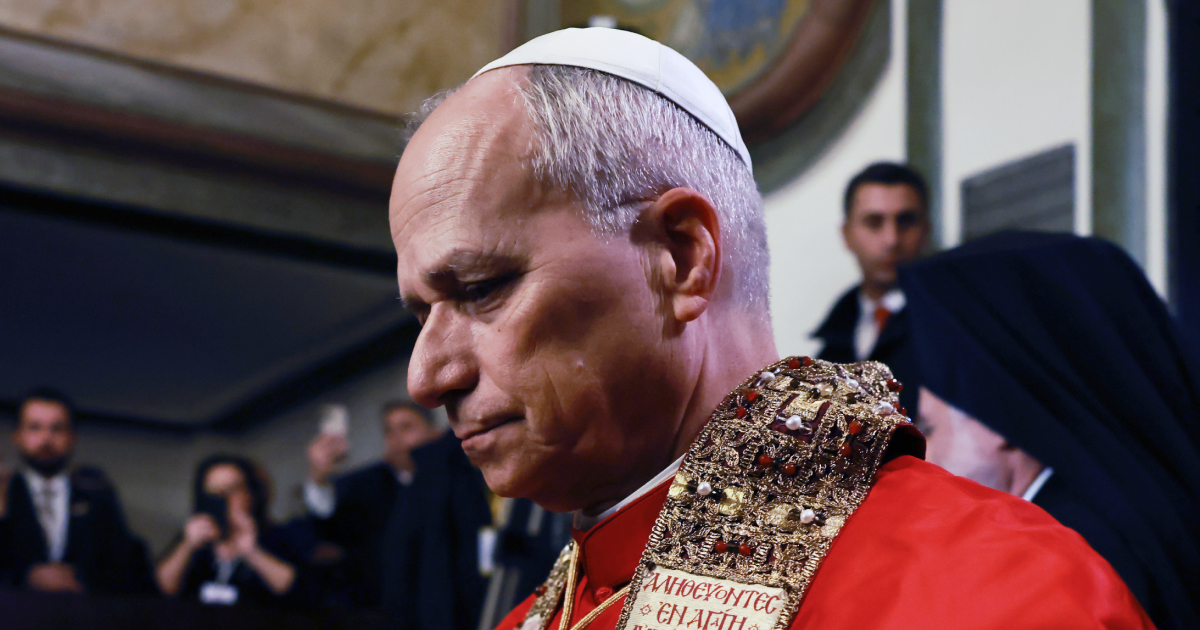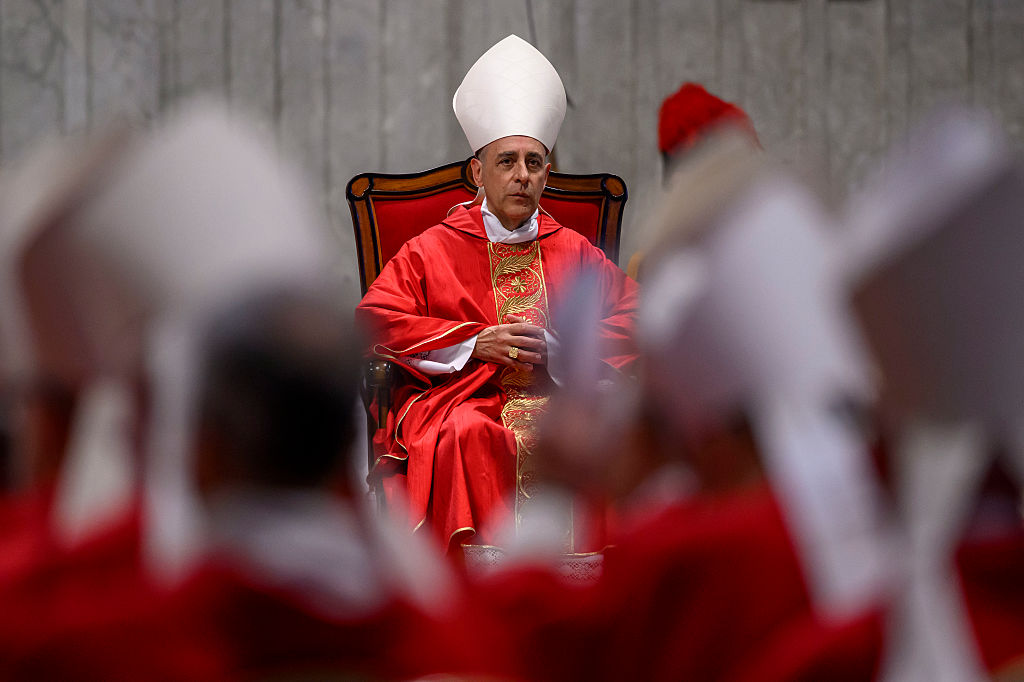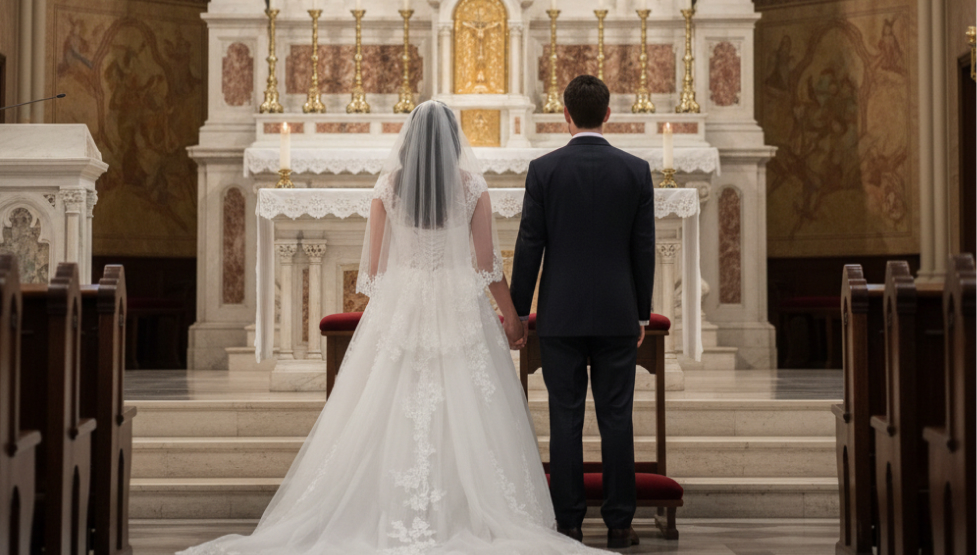Pope Leo XIV is to canonise seven blesseds on 19 October, among them a former Satanic priest.
The Holy See Press Office confirmed earlier this year, on 13 June, that the canonisation would take place following the decision at the first consistory of the papacy.
The seven blesseds to be canonised include two Venezuelans: José Gregorio Hernández Cisneros, the physician widely revered as the “doctor of the poor”, and María del Carmen Rendiles Martínez, founder of the Sisters Slaves of Jesus.
Also included are Ignazio Choukrallah Maloyan, an Armenian bishop martyred during the Ottoman genocide; Peter To Rot, a lay catechist from Papua New Guinea executed under Japanese occupation; Vincenza Maria Poloni, founder of the Sisters of Mercy of Verona; and Maria Troncatti, a Salesian missionary to Ecuador’s Indigenous Shuar people.
However, it is the inclusion of Bartolo Longo, an Italian lawyer who once served as a Satanic priest before his dramatic conversion to Catholicism, that has drawn particular attention.
Born in 1841 in Latiano, Italy, Longo studied law but, during the turbulence of his youth, was drawn into occultism and spiritualism. According to accounts, he even became a Satanic priest, enduring dark despair and intense inner torment. Influential Catholic friends, Dominican friars and devout laity guided him back to faith. He publicly renounced spiritualism, became a Dominican tertiary, embraced Marian devotion and dedicated himself to works of charity. In Pompeii, he restored churches, founded a rosary confraternity and developed a pilgrimage centre.
He began catechising the poor, organising festivals in honour of the Virgin Mary and promoting the recitation of the rosary as a means of renewal. In 1875, he obtained a neglected painting of Our Lady of the Rosary, which became the centre of a growing local devotion. Reported miracles drew pilgrims from across Italy, and within years Longo built a great shrine that remains one of the most visited Marian sanctuaries in the world.
Longo also turned his legal mind and energy to charitable works. With the support of Countess Marianna di Fusco, whom he later married in a chaste union, he founded homes for orphans and the children of prisoners — institutions remarkable for their time. He eventually donated the entire shrine and its associated charities to the Holy See.
Bartolo Longo died in 1926, aged 85, after a lifetime spent preaching the rosary he had once scorned. His beatification was proclaimed in 1980 by Pope John Paul II, who called him the “Apostle of the Rosary”. His cause, opened in 1947, eventually secured theological approval of his writings, paving the way for canonisation.
The ceremony is expected to follow the model of the earlier canonisations of Blessed Carlo Acutis and Blessed Pier Giorgio Frassati, which marked Pope Leo XIV’s first major event.










.jpg)





